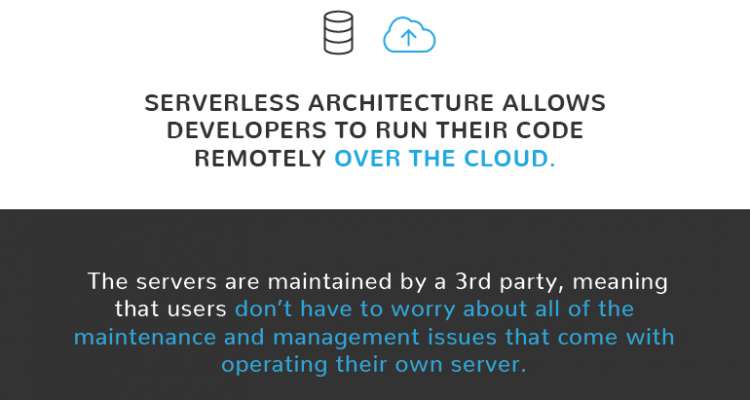WWDC is Apple’s Worldwide Developer Conference held annually in San Francisco. This is the time Apple typically announces new updates to their software platforms and occasionally hardware updates as well.
I’ve been here in San Francisco for WWDC this week, and wanted to talk about a few of the announcements and what they mean for new developers.
Four Platforms
Apple announced huge updates to iOS, OS X, watchOS, and tvOS. Let’s take a quick look:
watchOS 3
This was an extremely important announcement for Apple. Many developers had discarded watchOS as an app platform. The hardware was too slow, users did not use third party apps, and the original Watchkit framework was replaced by watchOS 2.0 after only 6 months, requiring many developers to completely rewrite their watch applications.
Apple completely revisited the design of watchOS to match the way customers are actually using their watches. With a new focus that the majority of watch interactions should be done in less than 2 seconds, they introduced many changes to improve the speed of the device.
First, they announced the dock, the user’s top 10 used applications, and promised to keep them resident in memory for incredibly fast launches. Apple is promising near immediate launching, and early reports seem to indicate the change has made a huge difference.
Second, they announced new frameworks, including SceneKit and SpriteKit, and many more notification options, that allow developers to make their apps much more customized, flexible, and responsive in short bursts. The new notification systems are particularly interesting for giving the user better ways to quickly interact with new information.
New developers looking to build for watchOS can be excited that Apple is willing to rethink the user experience and make it fit what users actually want. There are many opportunities for new apps that users can interact with in short bursts.
tvOS
This was the first WWDC since Apple introduced the updated Apple TV last fall, so most of the information about tvOS was new for WWDC. Apple introduced Dark Mode and a few new frameworks, but nothing groundbreaking for developers who have already been working with tvOS.
New developers should be excited that building for tvOS is very similar to working on iOS, and uses the same UIKit framework for building the user interface and responding to user interaction. It’s a great secondary device for a new iOS developer to build apps for without relearning an entirely new platform.
OS X becomes macOS
OS X was renamed macOS to match the style of iOS, watchOS, and tvOS. The new version is called macOS Sierra, and the defining feature is that Siri is now available. There are also updates to the Photos application, Apple Pay, automatic unlock for Apple Watch owners, and the new universal clipboard. There are a lot of great consumer facing features, and a few treats for developers as well.
New developers get access to more easily building tab based interfaces, picture in picture video modes, extensions for Messages, and integrating with Siri (for a view specific niches of applications). A lot of the new functionality is also shared with iOS.
iOS
iOS is the bedrock of Apple’s success, and this is the 10th version of iOS with a slew of updates for consumers and developers. For users, the biggest updates will be visible in the new notification interface options, Message updates, and deleting bundled apps.
Developers get access to custom notification interfaces, Message apps, a ton of hooks into Maps, Spotlight, and other areas of the operating system, and last but not least, the new Siri API that allows some third party apps to respond to Siri requests.
This is all on top of the new announcements Apple made before WWDC reducing the amount they take on subscription sales for customers subscribed for longer than one year and search advertisements.
New developers should be excited about the new opportunities to integrate apps into the operating system. Through building extensions, a new developer’s app could display data in Maps, Siri, Messages, and more.
Swift
Apple also demoed a slew of updates to the Swift language. Now in version 3.0, Swift has integrated a number of updates from the open source community, and is spreading its reach into more platforms. Overall, it is becoming a better first programming language, with more concise syntax, and a more stable runway for the future.
It is a great time to learn Swift.
Everyone Can Code
Apple closed their keynote by spending nearly 30 minutes focused on their new initiative – Everyone Can Code. This is a mission we strongly believe in. Coding is hard, it takes a lot of work, and not everyone is cut out to be a software developer. But everyone can learn the fundamentals, and those who enjoy it can pursue a great career in an industry starving for qualified developers.
Part of the announcement included a new application – Swift Playgrounds for iOS, an extremely powerful interface for learning Swift fundamentals, and experimenting with new Swift code, all on the iPad. I’ve had the opportunity to play with it for a few days now, and it is amazing. If you have an iPad, look forward to building Swift Playgrounds this fall.
There’s a world of opportunity to build new and innovative applications for Apple’s platforms, and it’s an exciting time to get started. Our iOS team is hard at work integrating all of the new changes in Swift, iOS, tvOS, watchOS, and even macOS. If you’re interested in building for these platforms, check out our iOS Development courses.







